
Climate Ready Landscape Plants: Practices
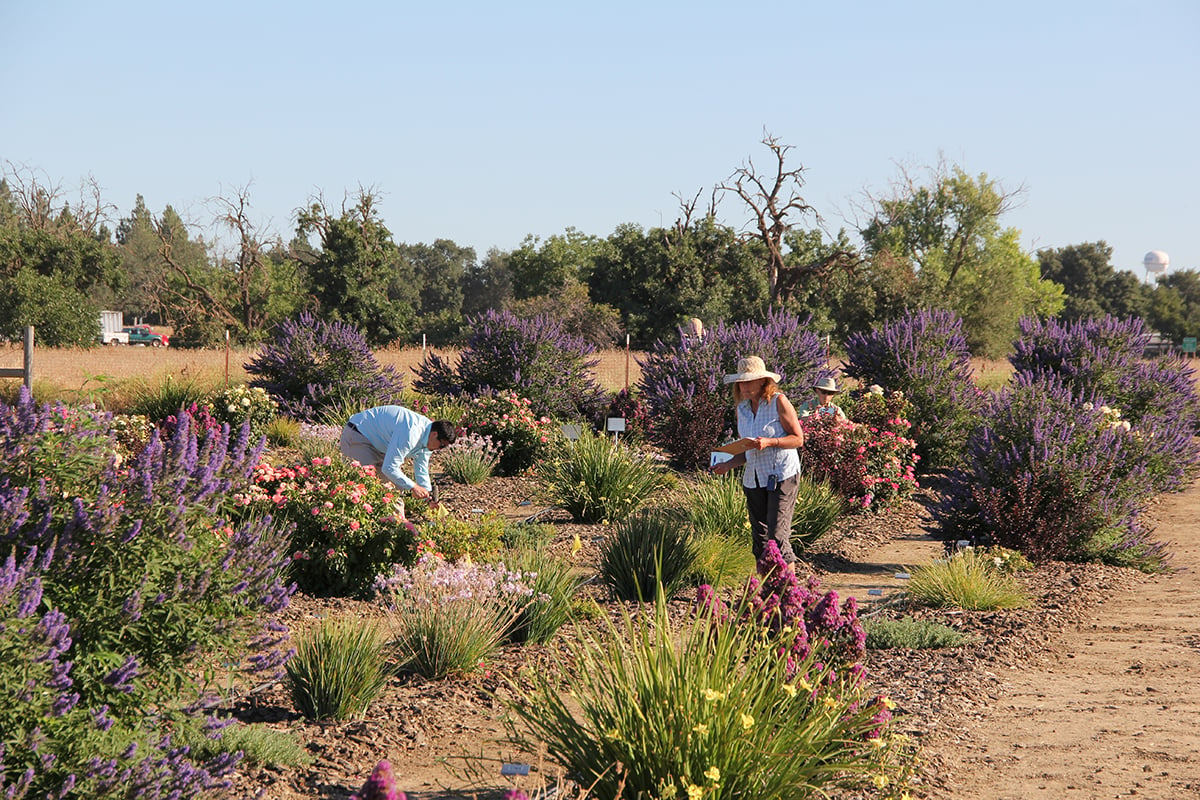
Contributor
Fall 2021
Watch the Climate Ready Landscape Plants, Episode 2 of the Landscapes of Change mini-documentary series, here.
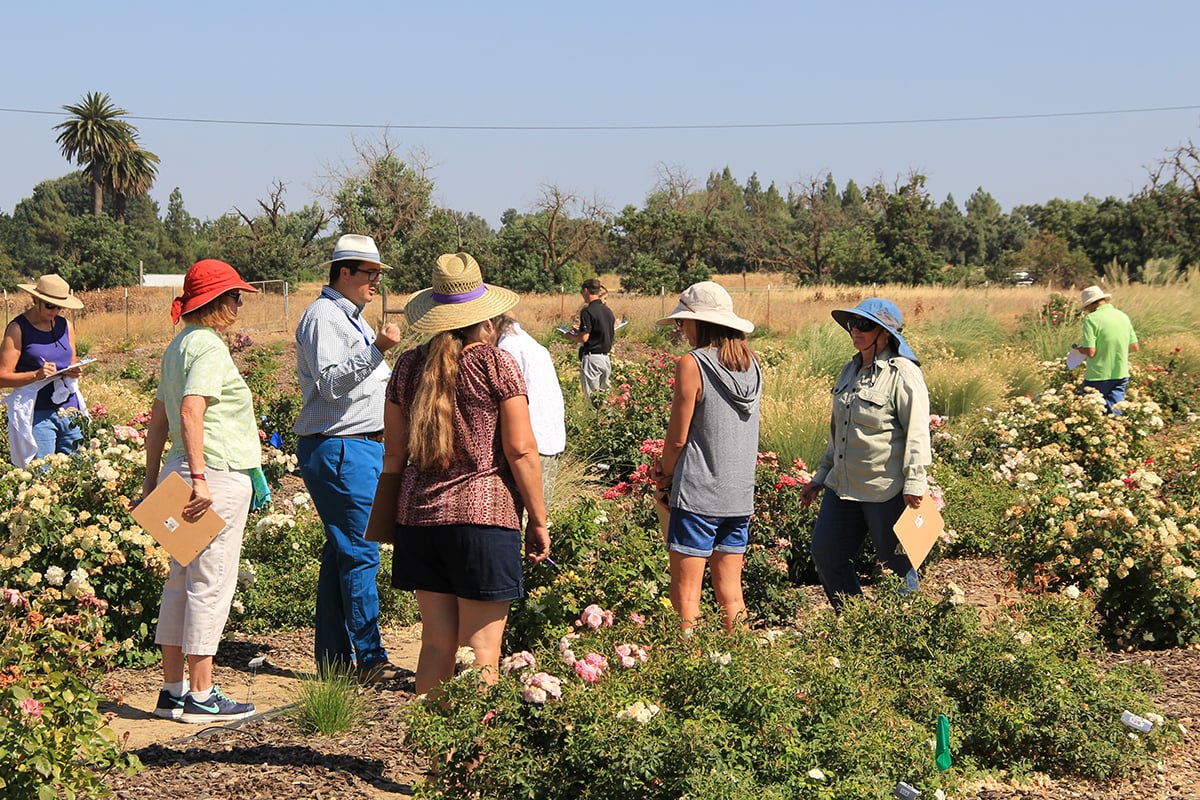
The Climate Ready Landscape Plants project seeks to identify low-water-use plants for Western landscapes using trial fields in six states. While we’re in Year One of a roughly two-year process, there are aspects of our methodology that you can apply to create a more water-efficient landscape in your backyard. A research experiment is not typically a place one would find inspiration for landscape design. My college landscape history class discussed such diverse, revered places as Vaux-le-Vicomte, Central Park, and Ryoan-ji, but not plant trials. However, the nuts and bolts of how we construct and implement our plant trials demonstrates multiple practices that can be useful when designing and constructing water-wise landscapes.
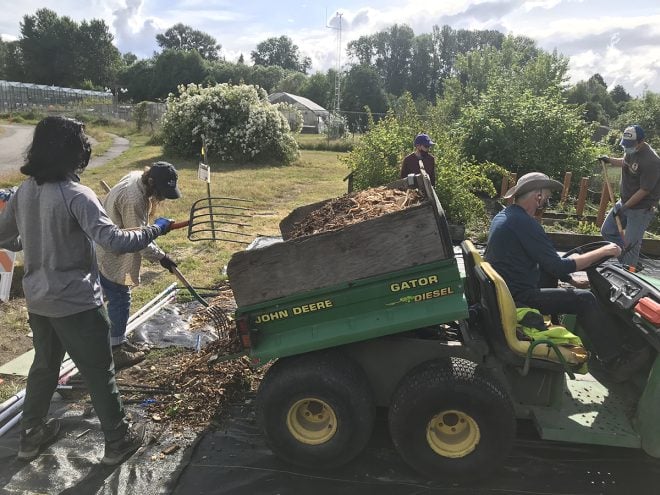
We use a 2–3” layer of chipped bark mulch underneath the plants to reduce weed pressure and conserve soil moisture. If you are not mulching, you should—it is a great way to reduce work pulling weeds, add nutrition back to your soil, and conserve water. If you use a bio-degradable mulch that will decompose, such as wood or other natural products, remember to check your mulch depth and add more when needed to maintain a 2–3” depth. In the trial fields we plant in a grid based on either two-meter (6.56’) or three-meter (9.84’) spacing. Our rationale with this spacing is to minimize any influence or competition from neighboring plants to preserve each individual plant as a separate experimental unit for data collection. While our two-meter spacing and grid pattern would not work well in most landscapes, it’s important to give plants enough room to allow them to grow to their full size without expanding into their neighbors. Except in certain instances, such as hedges or dwarf/slow-growing plants, be sure to provide a buffer zone between plants in addition to the potential size listed on the label. When planting, remember that plants will grow and resist the urge to add more plants or space them more closely together than needed. This will allow your plants to achieve their intended size without creating an overcrowded landscape. Overcrowding can inhibit air movement, resulting in poor plant structure, increased disease pressure, and additional pruning, which results in unneeded green waste. To this end, when selecting plant material, it’s also important to select plants that will not get too big for a space, which will result in extra maintenance.
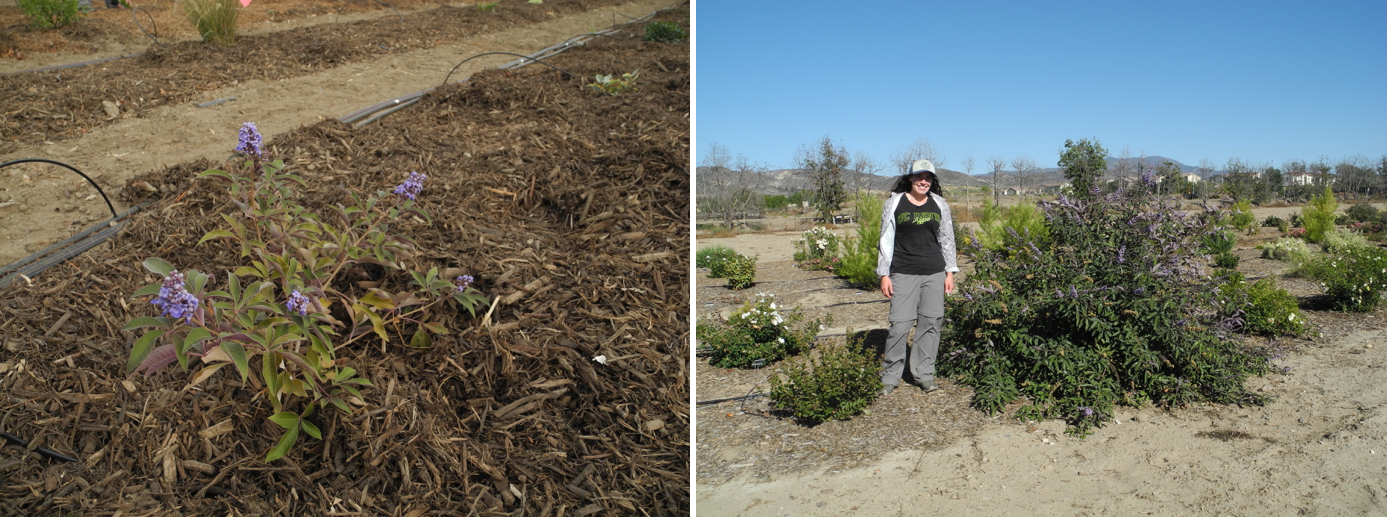
While our trial uses a randomized block design, which results in a random assortment of species and treatments in the grid, all plants on each treatment are irrigated as a group. Extending this concept into the landscape, it is important to develop hydrozones, a method of clustering plants that ensures all plants on a given irrigation circuit have similar water needs. Typically, you have to irrigate to the thirstiest plant on an irrigation circuit, and grouping plants by water need will reduce over-irrigation and water waste.
Low-water-use and drought-tolerant plants are neither low-water-use nor drought-tolerant right out of the can. In our trial, plants undergo a full season of regular irrigation to minimize plant stress, allow rooting into the native soil, and fully establish the plants. While regular irrigation is a relative term and will be different depending on location, soil type, and plant type, the overarching goal should be to minimize plant stress during the first growing season in the ground. For the shrubs, perennials, and groundcovers we test, typically plants will have spent at least 10–12 months in the field before we impose deficit irrigation treatments. After this preparatory period, the plants should be established enough to thrive at their suggested irrigation level.
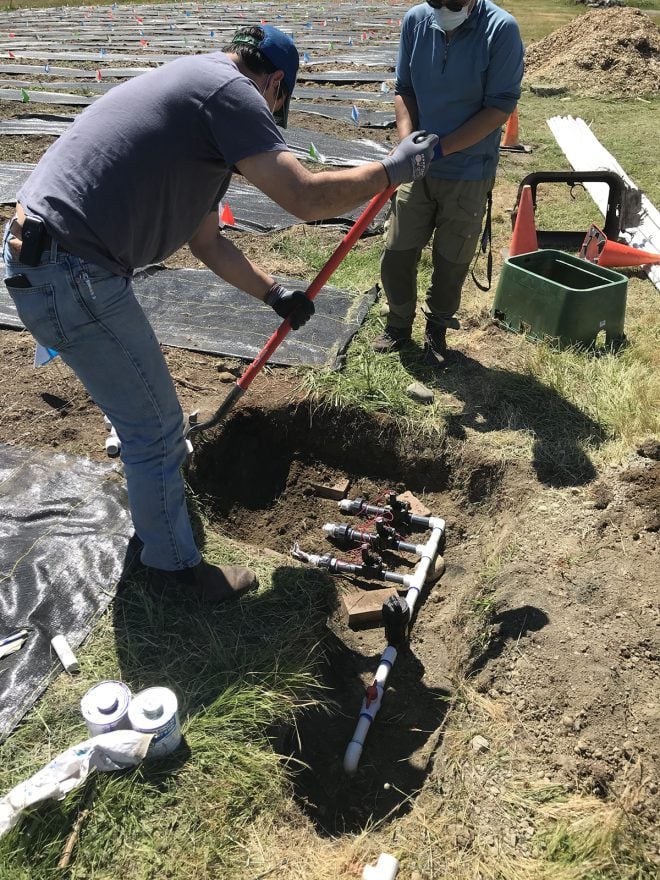
Our experimental protocol dictates that all plants will receive the same volume of water during an irrigation, with only the frequency of application varying between treatments. The rationale behind this is that the roots of a plant will only fill a certain wetted area, conceptually similar to an imaginary pot, which in our case is 1 meter (3.28’) wide and ½ meter deep (about 19”) deep. Since the wetted areas for all plants in the trial are the same, we will apply the same volume of water at each irrigation for all treatments to refill the root zone and encourage the roots to expand into the wetted area. It’s important to understand how much water your irrigation system is applying and whether this is enough based on the plant-available water for your soil type. SoilWeb is a good resource to find out how much water your soil holds. Underapplication can result in plant stress while over-application—irrigating past the root zone—can waste water because plant roots cannot access the water in that area. However, in some cases, such as irrigating with reclaimed water, certain kinds of “over-application” can be useful in leaching salts outside of the root zone.
We use a weather-based irrigation protocol to irrigate our plants, implementing deficit treatments after a season of regular irrigation to establish the plants. Evapotranspiration (ET) is a combination of water evaporated from the soil and transpired from plants into the atmosphere. Like rainfall, ET is typically measured in inches in the US. ETo is the amount of ET estimated to have occurred from a plot of turfgrass and is typically used to inform irrigation schedules. The California Irrigation Management Information System (CIMIS) has a network of weather stations throughout the state and is a good resource for more information on ET and ETo. The project uses ETo information harvested from CIMIS to estimate the plant water use of each treatment, we vary the irrigation frequency under the premise that high water plants will use water “faster” than low or moderate plants. As a result, the high treatment will be irrigated more frequently and thus receive more water overall during the trial period than the other treatments.

The old method of a time clock irrigating at least once a week is ineffective for irrigating gardens and landscapes. While you may not get as nerdy as we do and create a spreadsheet to record daily ETo data, consider using historic ETo at a monthly or quarterly scale to adjust irrigation frequency or install an irrigation controller that has the ability to automatically modify scheduling according to weather data to save water. The summer months, roughly May/June to August/September, are associated with the highest ETo and irrigation frequency. As ETo values are lower in the spring and fall, irrigations will be less frequent, with more time between irrigations relative to the summer. During the winter, irrigation may not be needed at all in most years due to the cool, wet winters typical of mediterranean climate and the Pacific Northwest. However, with our changing climate and the increasing frequency of drought in California irrigation may be needed to maintain pant health during long periods without rain in dry winters.
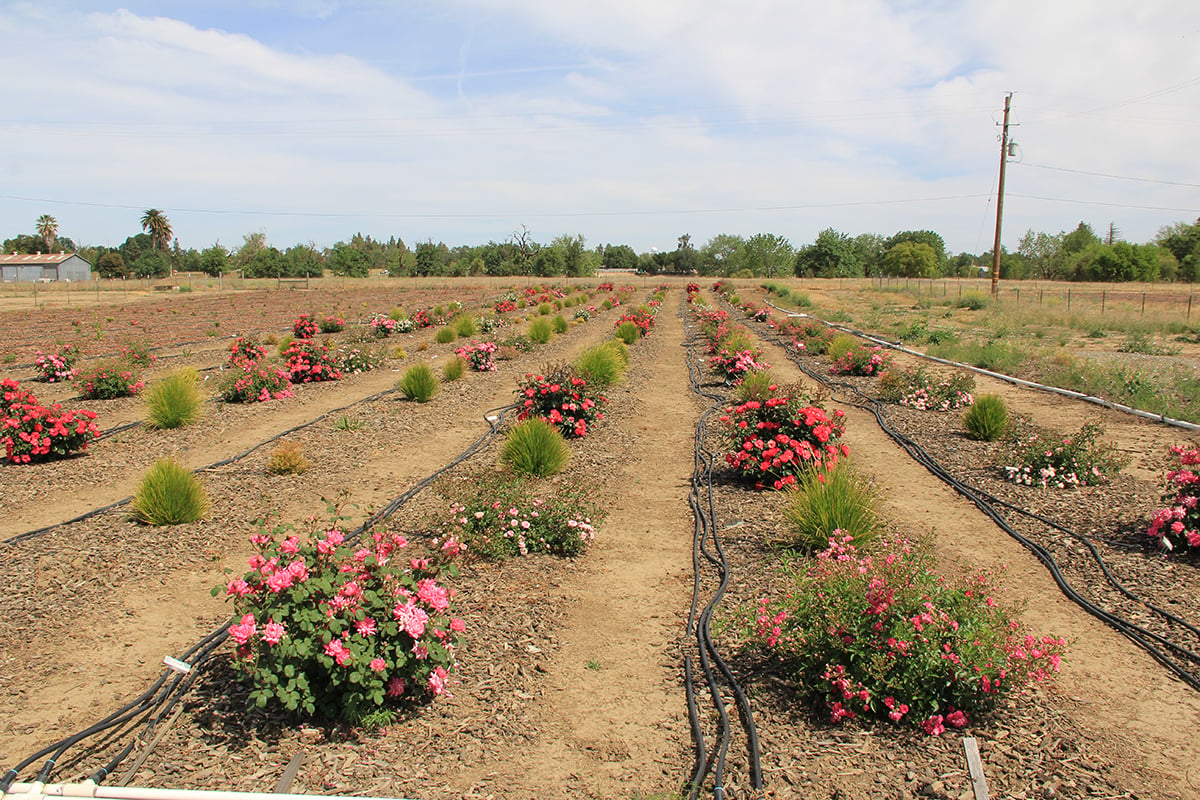
Some of these methods are easier and more straightforward to implement than others. These practices are good to keep in mind at the start of planning a new landscape. Applying these practices to an existing landscape is still possible by mulching beds, thinning overcrowded plants, and adjusting irrigation schedules. At the end of the day, identifying climate-resilient plants is only a piece of a greater challenge to manage landscapes in a holistic manner that accounts for plants, irrigation, and maintenance.
Look for more applicable results from the Climate Ready Landscape Plants project as the series continues.
Share:
Social Media
Garden Futurist Podcast
Most Popular
Videos
Topics
Related Posts
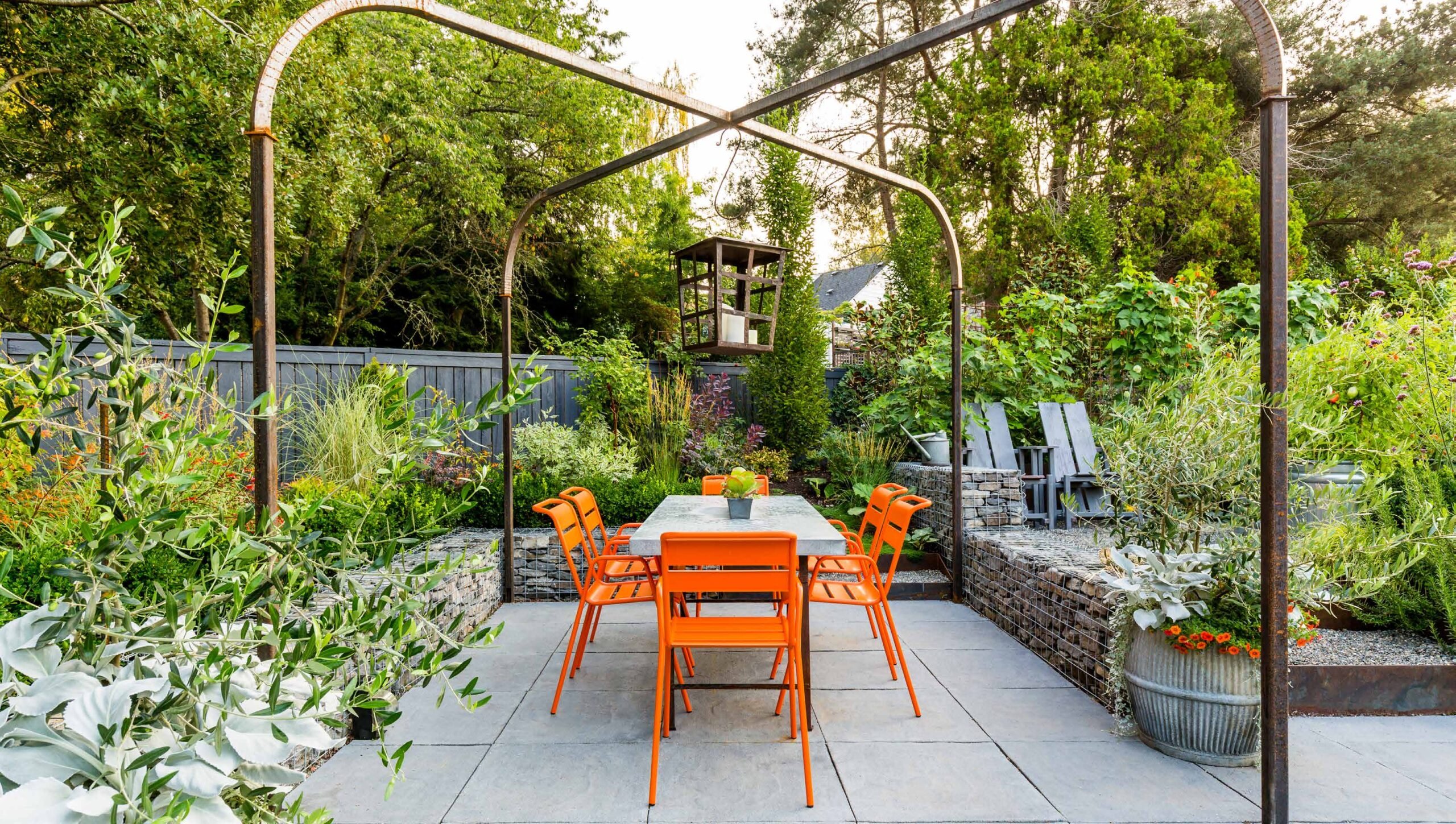
Design Futurist Award Announced: Committee Shares Vision
March 8, 2023 At Pacific Horticulture, we believe that beauty can be defined not only by gorgeous plants and design, but also by how gardens
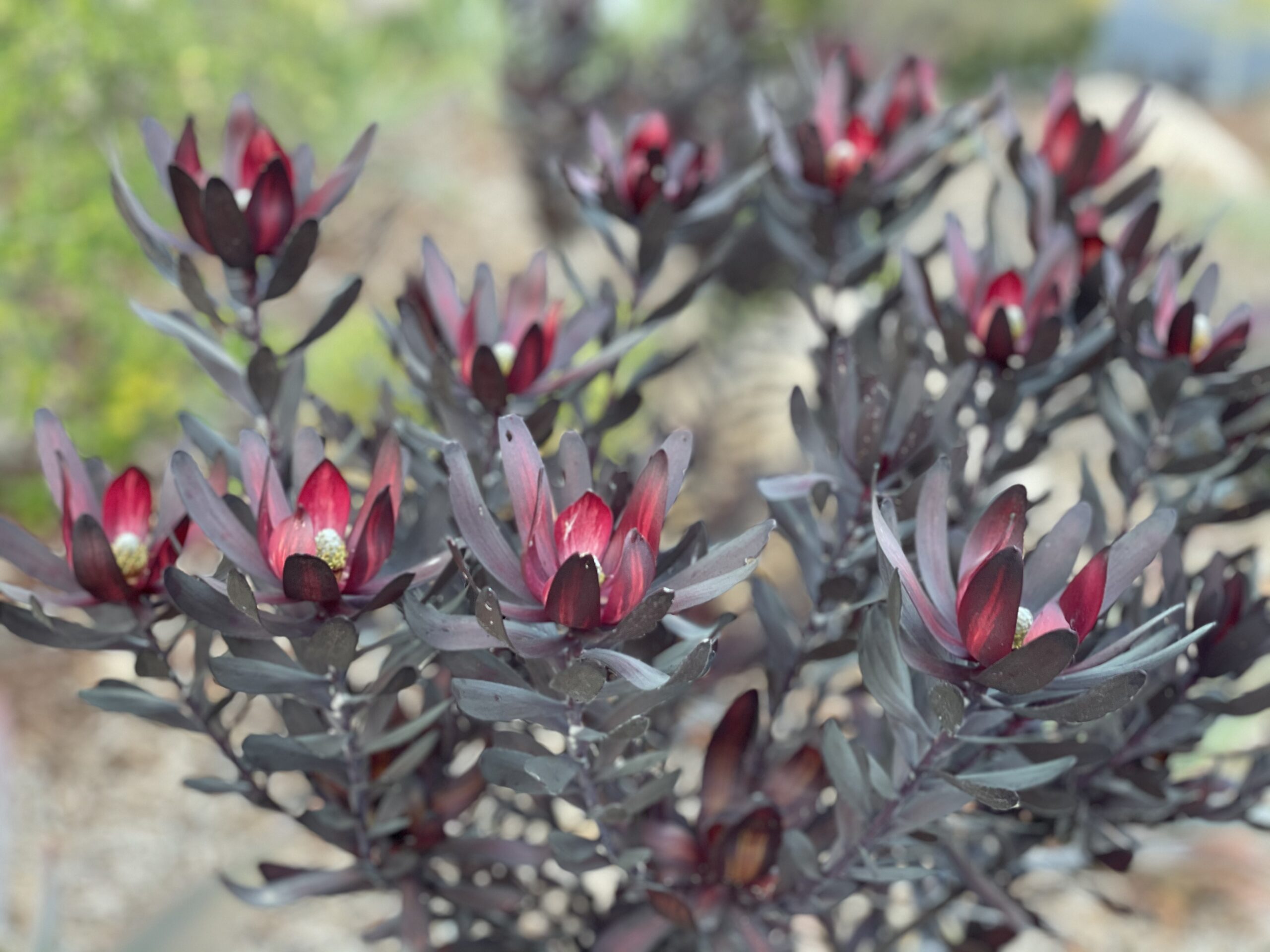
Expand Your Palette: Waterwise Plants for your Landscape
There’s nothing more thrilling to plant lovers than discovering new plants to test in the garden. Here in the southernmost corner of California, we have

Portland Parks’ “Nature Patches”
Winter 2022 Nature is so beautiful when left to its own devices, yet crisply manicured lawns remain a status symbol. This is true in Portland,
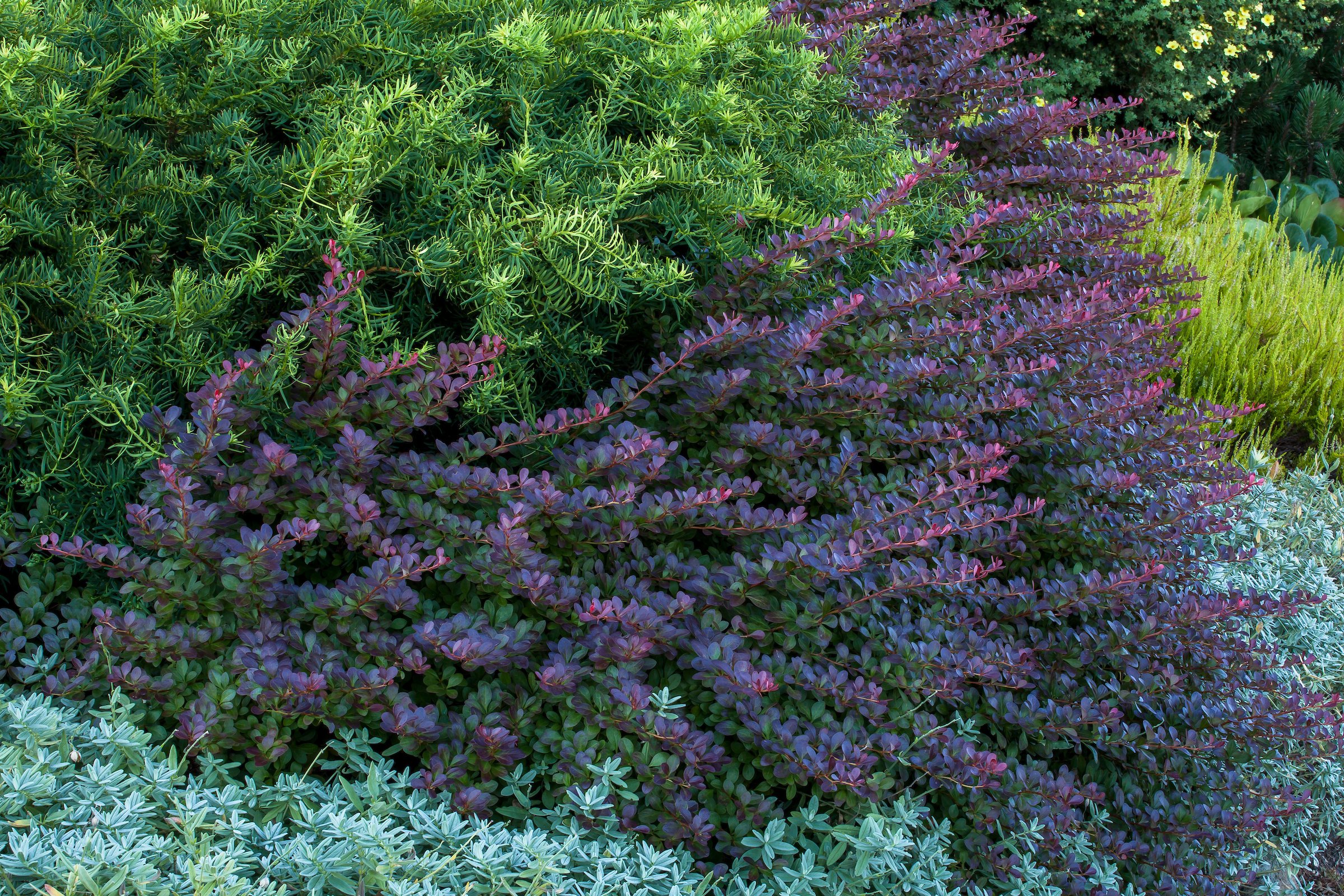
Readily Available Low-Water Plants for a Warming Climate
Fall 2022 Al Shay is the manager of the Oak Creek Center for Urban Horticulture on the campus of Oregon State University (OSU) in Corvallis.









Responses